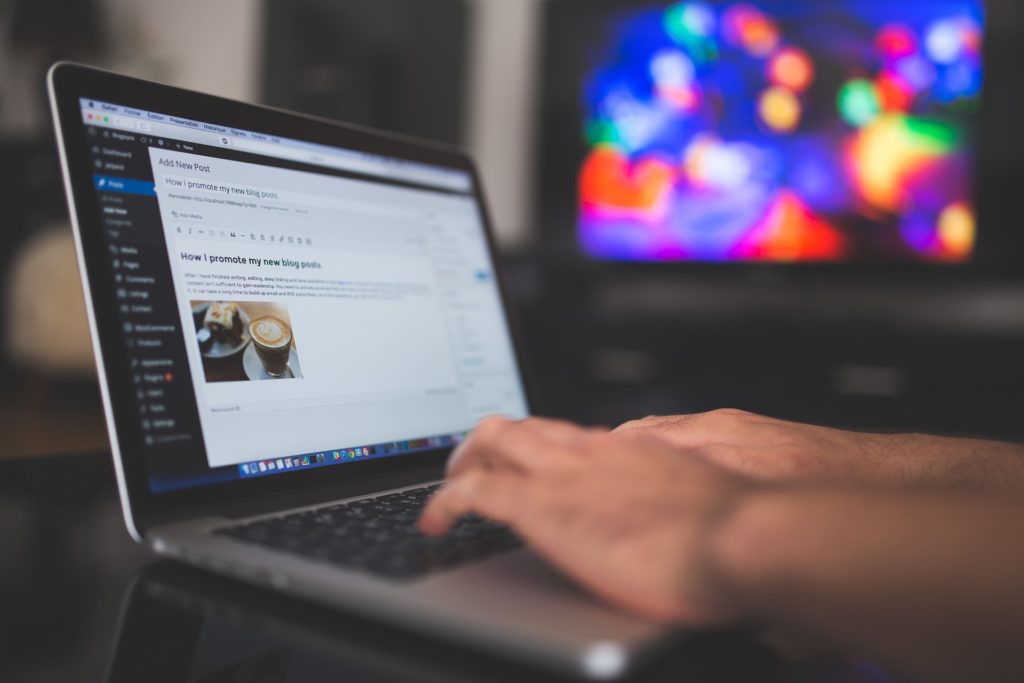Computers have transformed the way we work and have allowed us to reach new levels of productivity.
However, extreme usage (and in some cases reliance) on computers can actually HURT our productivity.
In fact, we cause most of the technical headaches. Saving numerous documents and photos eventually slows down a computer, a problem that can only be solved with a massive clean up or a new computer.
Another problem is the actual creation of documents, making it a struggle to find information in a timely manner.
Part of the reason we buy a computer in the first place is to create documents and save photos. So if we try to care for our computers by not creating documents or saving pictures, its primary purpose is essentially lost.
But we must also consider the ways in which many of us organize our work and documents — all stuffed into one folder. When, if fact, organization has been proven to boost productivity.
It’s easy to think that organization is limited to your desk space and the room you work in. But it goes much further than that, beginning with your computer.
Here’s how you keep all of your emails and other important stuff organized on your computer.
#1: Reduce Clutter
The more cluttered your computer, the more difficult it is to find the document you are looking for, which shouldn’t take more than a few seconds.
Our attention spans resemble that of a goldfish, and when the internet (and Facebook) is just a click away, a day meant for work can quickly turn into meaningless hours of surfing the web.
I use the size of the icons on my computer’s dashboard to determine if I have too much clutter. If I must squint or move closer to see what certain documents are, I have too much clutter.
If my desktop is filled with too many pictures, documents, etc., I have too much clutter. Reducing the clutter reduces distractions.
A picture is worth 1,000 words, and a thousand more distractions.
#2: Use Folders To Group Documents
This is probably the best tip. I can’t emphasize this one enough.
When you save things to your desktop, you will see them each time you log onto your computer. This is when it’s easy to get distracted by screenshots and similar items saved to your desktop.
To avoid this, I group all of my screenshots into folders.
If I didn’t use these folders, my entire desktop screen would be filled with screenshots galore.
This isn’t just a way to keep your desktop clean, you can also group together important documents according to theme, client, work type, etc., to stay organized.
One of my folders, for example, is titled “Podcast.” Within that folder are the seven documents I use to keep my podcast organized.
Instead of keeping all of them on my dock (and having super tiny app sizes), I put them all in one folder on my desktop.
That not only saves me space, it also makes it easier to find all of the other documents I need.
And when I need those podcast documents, they are all in one place and super easy to find.
#3: Flag Important Emails
When you get emails that you can’t respond to immediately, or need to refer to again later, flag them. That way, you can find them more easily later on.
The only problem with flagging emails is that if it becomes too much of a habit, you’ll have an inbox overload. Try to relegate them to emails you need to respond to, and be sure you do it within a reasonable amount of time.
I recommend spending 30-60 minutes in your inbox at the time of day when you usually feel least productive.
For example, I never go through my inbox in the morning because that’s when I am at my peak level of productivity. When I do happen to see an important email in the morning, I flag it.
I always make a point of checking my email in the afternoon, just before I take a break. I respond to all of the flagged messages before checking my inbox for new messages.
#4: Make Each Flag Mean Something
When I decided to start a podcast, I needed guests.
Barely knowing what I was doing, I sent a bunch of emails to people who would be a great fit for my podcast. Naturally as more people agreed to participate, I became more excited about podcasting.
But I quickly lost control of my inbox.
Which guests were awaiting confirmation of time and dates? Which guests needed the initial questionnaire? Who did I need to follow-up with?
My mind was dreaming of the possibilities but running in circles trying to keep everything organized. Then I figured out what to do:
I started assigning a meaning to each flag.
- When I receive a guest confirmation, I assign that email an orange flag.
- Once time and date are determined, I change the flag to blue.
- After the questions are submitted, I make the flag purple.
Once the podcast episode ends, I remove the flag and add the guest’s email address to a custom spreadsheet.
I also share a link to the episode with the guest and make a mental note to stay in touch (the relationship doesn’t end when the episode is over or even weeks after it’s published. It never ends).
#5: Put Everything Else In A Miscellaneous Document
You may have noticed the Misc folder on my desktop screenshot.
If there’s a screenshot, document or download that doesn’t belong anywhere else, that’s the folder it goes into.
That folder has hundreds of screenshots and pictures that would otherwise take up my computer’s entire dashboard, leaving it an unorganized mess!
In Conclusion
The traditional definition of getting organized involves having a neat workspace and working in a clean room.
But if your computer is unorganized, you might as well be working in a room filled with clutter with piles of paperwork covering your entire desk.
The worst part about an unorganized computer is that it’s extremely easy to get distracted – our computers provide us with virtually infinite options.
Any website is a click away. Pictures on our dashboards can distract us at a moment’s notice. And important emails can easily get lost in the shuffle.
But all of that is more likely to happen if your computer remains unorganized.
How do you organize your computer? Have any tips or stories for us? Sound off in the comments section below.








